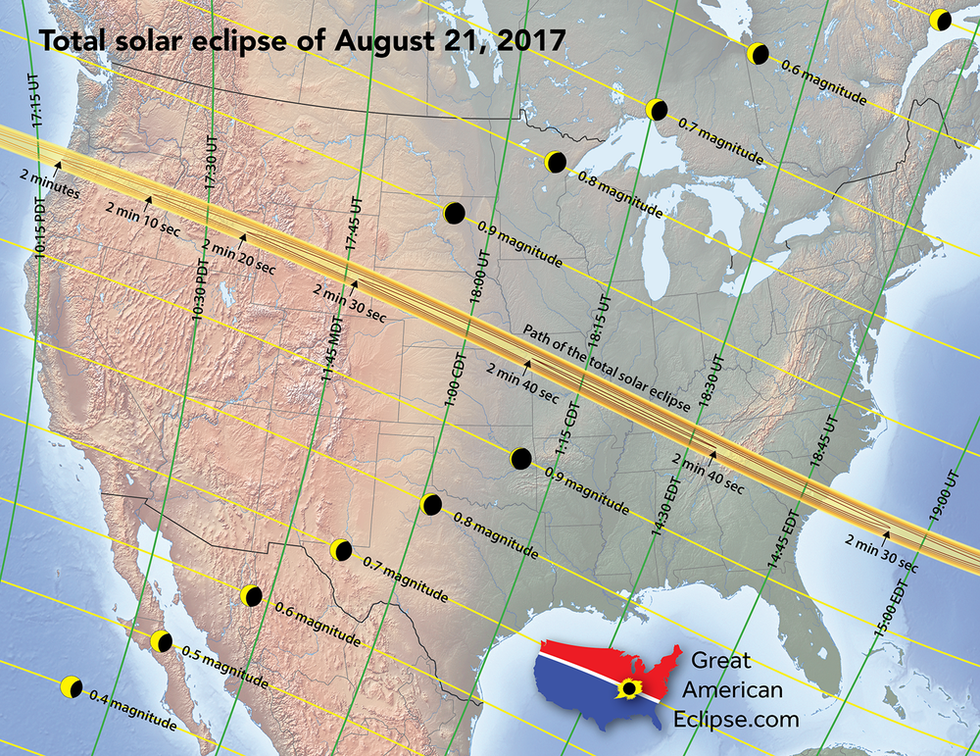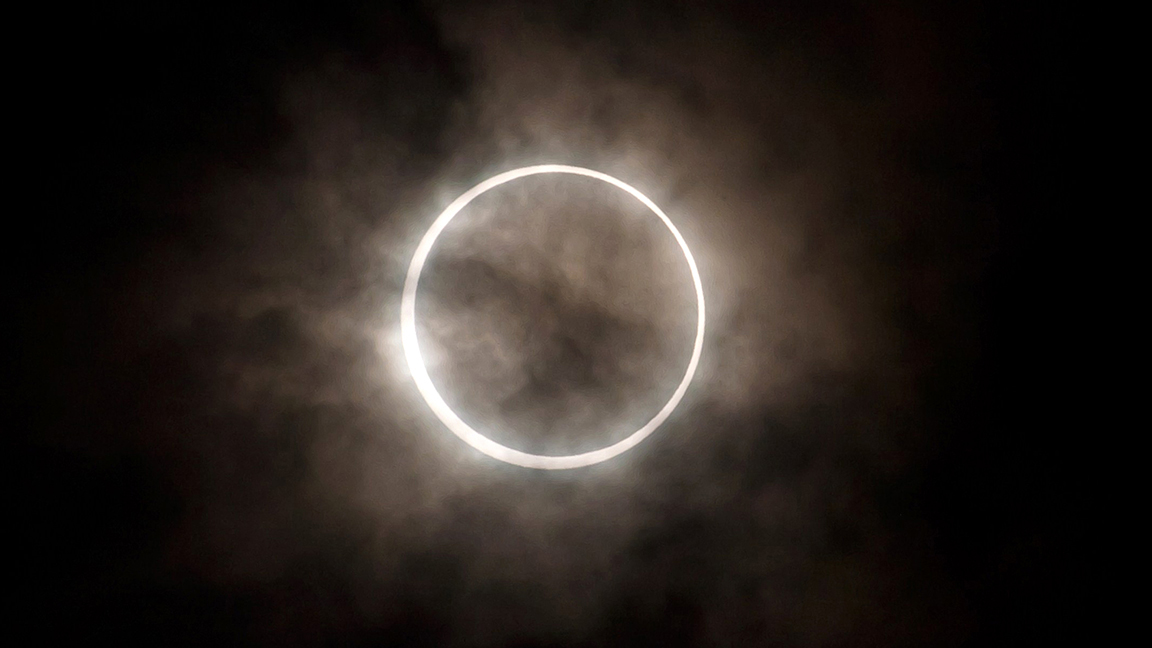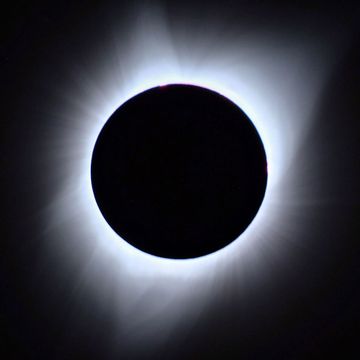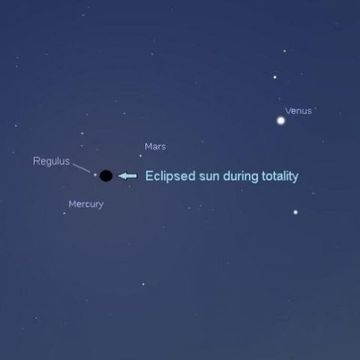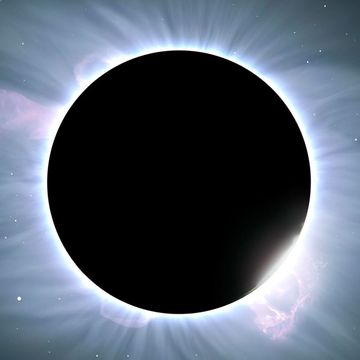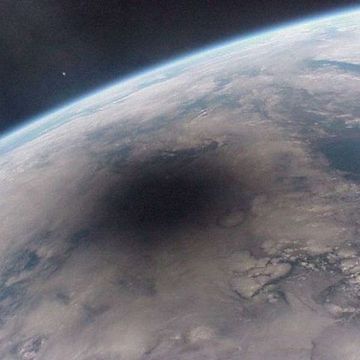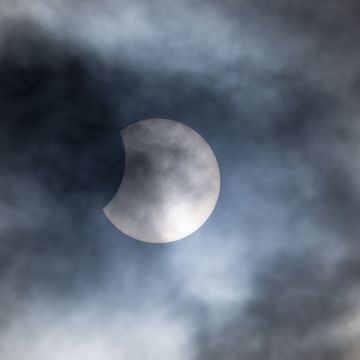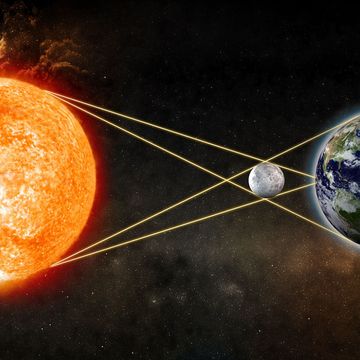It's already being called the Great American Eclipse, and it's coming on August 21, 2017. For the first time in 38 years, the shadow of a total solar eclipse will cross the lower 48 of the United States.
If you have seen a partial solar eclipse and think there is no reason to see a total one, think again. In a partial eclipse, you must use those little cardboard pinhole viewers to see the sun's disk projected onto a piece of paper so as not to hurt your eyes. It's very cool, but not the transformative experience of a total eclipse, when the apparent diameter of the moon is larger than that of the sun and blocks all direct sunlight. Day turns to night, birds go silent, and you can stare directly at the moon with the sun behind it without any eye protection. (You still have to be careful though! Cover your eyes before the sun re-emerges. Here's a complete guide to eclipse eye safety from NASA.)
A hush falls upon the land as the natural world reacts to the sudden change, and great red whips of fire erupting from the sun can be seen around the disk of the moon. Photos, even the incredible one above taken by Luc Viatour, just cannot do it justice.
To experience totality—when the disk of the moon completely covers the disk of the sun, blocking all sunlight—you need to travel to a location that is within the moon's shadow as it crosses the Earth. Here is a video of the moon's shadow passing over the Earth during a total solar eclipse that crossed Malaysia and Indonesia in March.
As for the Great American Eclipse of August 2017, it will begin in the northwestern United States as the shadow of the moon falls on Oregon and makes its way southeast across Idaho, Wyoming, Nebraska, Kansas, Missouri, Illinois, Kentucky, Tennessee, Georgia and the Carolinas. A partial solar eclipse will be visible across North America and even in parts of South America, but to witness totality, perhaps the greatest natural phenomenon known to man, you need to get to one of these states.
The amount of time that totality lasts depends on where you are along the shadow's path and how close to the center of the shadow you are. The longest duration of totality will occur in the Shawnee National Forest of Illinois, lasting 2 minutes 41.6 seconds. As long as you are near the center of the shadow, you can expect about two and a half minutes of darkness.
During totality, you can see dramatic reddish-orange tendrils of solar plasma dancing around the edges of the moon. These solar prominences are anchored to the sun's surface as they snake out into space. A total solar eclipse is the only time you can see them with the naked eye.
Although total solar eclipses are not particularly rare, they generally take decades to return to the same region of the Earth. By the time the Great American Eclipse arrives next August, it will have been 38 years since the last total solar eclipse on the U.S. mainland, but Americans won't have to wait as long for a followup. A total solar eclipse will travel north through Mexico and across the eastern United States in April 2024. The next one to visit the West, however, will not arrive until August 2045.
So for some, the Great American Eclipse may well be the experience of a lifetime.

Jay Bennett is the associate editor of PopularMechanics.com. He has also written for Smithsonian, Popular Science and Outside Magazine.

